Here is what my program is suppose to look like:

but I can't seem to get my radio buttons and my JLabel to be aligned properly. How do I align my radio buttons on the right and stacked? Also, how do I get my JLabel and JTextField to show stacked? Here is my code:
import java.awt.*;
import java.awt.event.*;
import javax.swing.*;
public class SeriesCalc extends JFrame {
private final int WIDTH = 300;
private final int HEIGHT = 300;
private JFrame frame = new JFrame("Recursion");
private JPanel panel = new JPanel();
private JPanel labels = new JPanel();
private JPanel buttons = new JPanel();
private JPanel radioButtonsPanel = new JPanel();
private JLabel inputLabel = new JLabel("Enter i:");
private JLabel resultLabel = new JLabel("Result:");
private JTextField inputField = new JTextField(15);
private JTextField resultField = new JTextField(15);
private JButton compute = new JButton("Compute");
private JRadioButton iterative, recursive;
public SeriesCalc() {
frame.setDefaultCloseOperation(JFrame.EXIT_ON_CLOSE);
radioButtonsPanel.add(iterative = new JRadioButton("Iterative"));
radioButtonsPanel.add(recursive = new JRadioButton("Recursive"));
add(radioButtonsPanel);
ButtonGroup radioButtons = new ButtonGroup();
radioButtons.add(iterative);
radioButtons.add(recursive);
iterative.addActionListener(new Calculations());
recursive.addActionListener(new Calculations());
compute.addActionListener(new Calculations());
resultField.setEditable(false);
panel.setLayout(new GridLayout(4, 1));
labels.add(inputLabel);
labels.add(inputField);
labels.add(resultLabel);
labels.add(resultField);
buttons.add(compute);
panel.add(radioButtonsPanel);
panel.add(labels);
panel.add(buttons);
frame.getContentPane().add(panel);
}
public void display() {
frame.setSize(WIDTH, HEIGHT);
frame.setVisible(true);
}
public class Calculations implements ActionListener {
public void actionPerformed(ActionEvent e) {
Object calc = e.getSource();
try {
if (calc == compute) {
if (iterative.isSelected()) {
double n = Double.parseDouble(inputField.getText());
double product = 1;
for (int i = 3; i < n; i++) {
product *= i;
}
resultField.setText(Double.toString(product));
} else if (recursive.isSelected()) {
double i = Double.parseDouble(inputField.getText());
double y = 0;
if (i == 1) {
resultField.setText(Double.toString(i / (2. * i + 1)));
} else {
resultField.setText(Double.toString(i / (2. * i + 1)+ (i -1)));
}
}
}
} catch (NumberFormatException nfe) {
System.err.println(nfe.getMessage());
}
}
}
public static void main(String[] args) {
SeriesCalc calculator = new SeriesCalc();
calculator.display();
}
}



